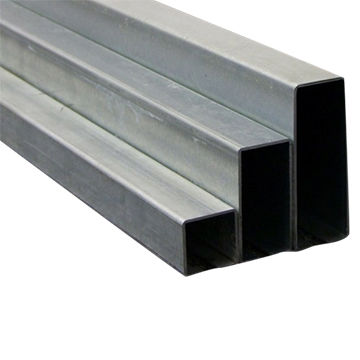
Sometimes there will be delamination problems in square and rectangular tube blanks, which will lead to flaw detection failures. To prevent this defect, we can take the following three measures:
(1) Optimizing the slow cooling time: optimize the slow cooling process of square and rectangular tube slabs, mainly for the stacking temperature and stacking duration. The thickness of the rolled steel plate is not more than 80mm. After the steel plate is hotly straightened, the residence time in the cooling bed shall not exceed 5 minutes. Steel plates with a thickness greater than 80mm can be appropriately extended to 10 minutes to ensure that the temperature of the steel plates is controlled above 500°C before stacking. The slow cooling time of a steel plate with a thickness of less than 50mm is 12 hours; the slow cooling time of a steel plate with a thickness greater than 50mm is 24 hours, and it is strictly forbidden to disassemble and finish in advance.

(2) Optimal control of cooling
The appearance of bainite in the rectangular tube slab is generally caused by a too-fast cooling rate. When the cooling rate is reduced to 3-5°C/s, the segregation zone in the center of the steel plate no longer appears bainite structure and forms a conventional pearlite structure. After the optimization of controlled cooling, the structural stress of the segregation zone in the center of the slab is significantly reduced, and the microcracks caused by the structural stress are greatly improved.
(3) Centralized furnace charging system
In the actual production, the length and width of the rolled steel plates are quite different, and the stacking of the steel plates is not neat when the steel plates are slowly cooled, which leads to the unqualified inspection of the edge of the ultra-wide plate or the flaw detection of the head of the ultra-long plate. Through the establishment of a centralized furnace charging system, arrange centralized furnace charging for contracts with rolled steel plates with similar lengths and widths to ensure the orderly stacking of subsequent steel plates. If necessary, the asbestos cloth is used to wrap the periphery of the rectangular tube slab to enhance the thermal insulation effect.